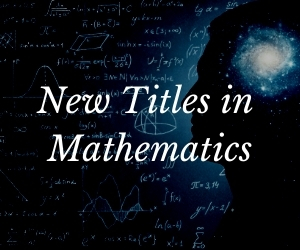System Upgrade on Tue, May 28th, 2024 at 2am (EDT)
Existing users will be able to log into the site and access content. However, E-commerce and registration of new users may not be available for up to 12 hours.For online purchase, please visit us again. Contact us at customercare@wspc.com for any enquiries.
This book tells the stories of some of the great quests of mathematics, such as the centuries-long pursuit for the proof of Fermat's Last Theorem. These quests are searches for difficult-to-discover universal truths, pursued with passion not only by mathematicians and scientists, but by kings, emperors and even Jean-Luc Picard, the captain of Star Trek's Starship Enterprise. Some of their exploits are adventures as fascinating as any historical or current-day drama. The truths they have discovered help us understand not only mathematics, but also the Universe — and sometimes, ourselves.
In addition to well-known quests such as Fermat's Last Theorem and the Goldbach Conjecture, some of the chapters describe more recent pursuits such as the Traveling Salesman Problem and the Multi-armed Bandit Problem. While some of the quests have been completed, others are still ongoing, and one (the Six Squares Problem) can be understood — and maybe even solved — by a five-year-old child.
Contents:- Introduction
- The Great Geometric Puzzles of Ancient Greece
- The Roots of Polynomials
- The Goldbach Conjecture
- Fermat's Last Theorem
- The Incompleteness Theorem and the Continuum Hypothesis
- The Bridges of Konigsberg and the Four Color Theorem
- Quests of the Twentieth Century
- Quests of the Twenty-First Century
- P vs NP and The Traveling Salesman Problem
- The Banach Contraction Principle
- The Multi-armed Bandit Problem
- CHaikus





